Techniques for Creatively and Compassionately Addressing the Impulse to Self-Harm and Relapse – LISA FERENTZ (Digital Seminar)
$59.00 $19.00
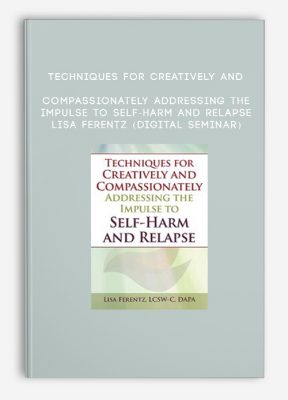
Techniques for Creatively and Compassionately Addressing the Impulse to Self-Harm and Relapse – LISA FERENTZ (Digital Seminar)
Sale Page
Get Techniques for Creatively and Compassionately Addressing the Impulse to Self-Harm and Relapse – LISA FERENTZ (Digital Seminar) on Salaedu.com
Description:
Many clinicians still insist that clients sign and abide by a standard safety contract as a way to manage self-harm and addictive behaviors. This inevitably creates a power struggle between clients and therapists and forces clients to “white knuckle” their destructive urges without giving them alternative ways to navigate and process the deeper reasons why they turn to acts of self-destruction.
This recording will offer therapists a viable alternative that helps to de-code the deeper trauma-based communication, metabolize emotions, access clients’ creativity and self-compassion, while teaching them healthier ways to self-soothe that don’t lead to an endpoint of guilt or shame.
Outline:
- Appraise limitations and risks for the use of standard safety contracts.
- Evaluate the three components of CARESS and how to prepare clients to use the model when they get the impulse to harm themselves or return to their addiction.
- Assess various CARESS techniques and identify at least four open-ended questions that can be used to process clients work.
Why standard safety contracts don’t work
- evoking power struggles
- re-enacting victim -perpetrator dynamics
- leaving clients bereft of healthy replacements
Incorporating CARESS
- walking clients through the model
- negotiating alternative ways to communicate, release endorphins, and self-soothe
- why contacting the therapist is not a part of the contract
Processing Clients’ artwork
- why therapists’ interpretations are detrimental
- asking open-ended questions to elicit clients’conscious and unconscious communication
- identifying the iconic images that connect to trauma narratives
NLP online course
So what is NLP?
NLP stands for Neuro-Linguistic Programming. Neuro refers to your neurology;
Linguistic refers to language; programming refers to how that neural language functions.
In other words, learning NLP is like learning the language of your own mind!
NLP is the study of excellent communication–both with yourself, and with others.
It was developed by modeling excellent communicators and therapists who got results with their clients.
NLP is a set of tools and techniques, but it is so much more than that.
It is an attitude and a methodology of knowing how to achieve your goals and get results.
More Course: NLP – HYPNOSIS – PHILOSOPHY
Outstanding Course:Language of Mastery Instructor Training
1 review for Techniques for Creatively and Compassionately Addressing the Impulse to Self-Harm and Relapse – LISA FERENTZ (Digital Seminar)
Add a review Cancel reply
Related products
HYPNOSIS - NLP Courses
Niraj Naik – Renew Your Body & Reprogram Your Reality With SOMA Breathwork
HYPNOSIS - NLP Courses
Tom O’Connor NLP – Task Decomposition The “Magic Power of Goal Getters”
HYPNOSIS - NLP Courses
HYPNOSIS - NLP Courses

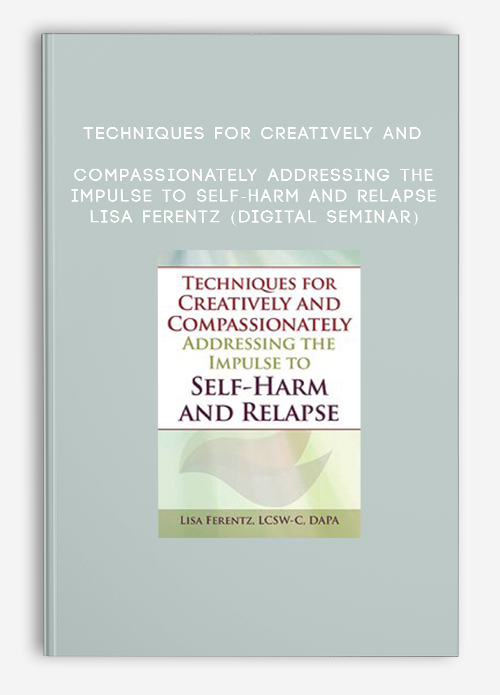
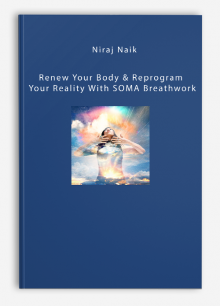
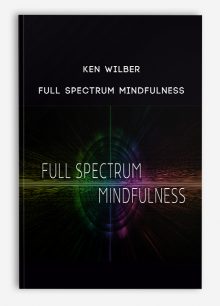
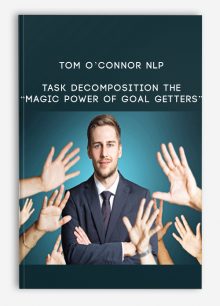
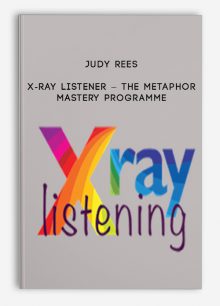



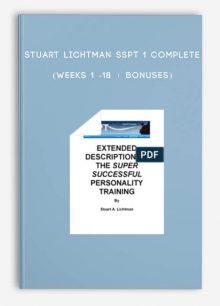
king –
We encourage you to check Content Proof carefully before paying.
“Excepted” these contents: “Online coaching, Software, Facebook group, Skype and Email support from Author.”
If you have enough money and feel good. We encourage you to buy this product from the original Author to get full other “Excepted” contents from them.
Thank you!